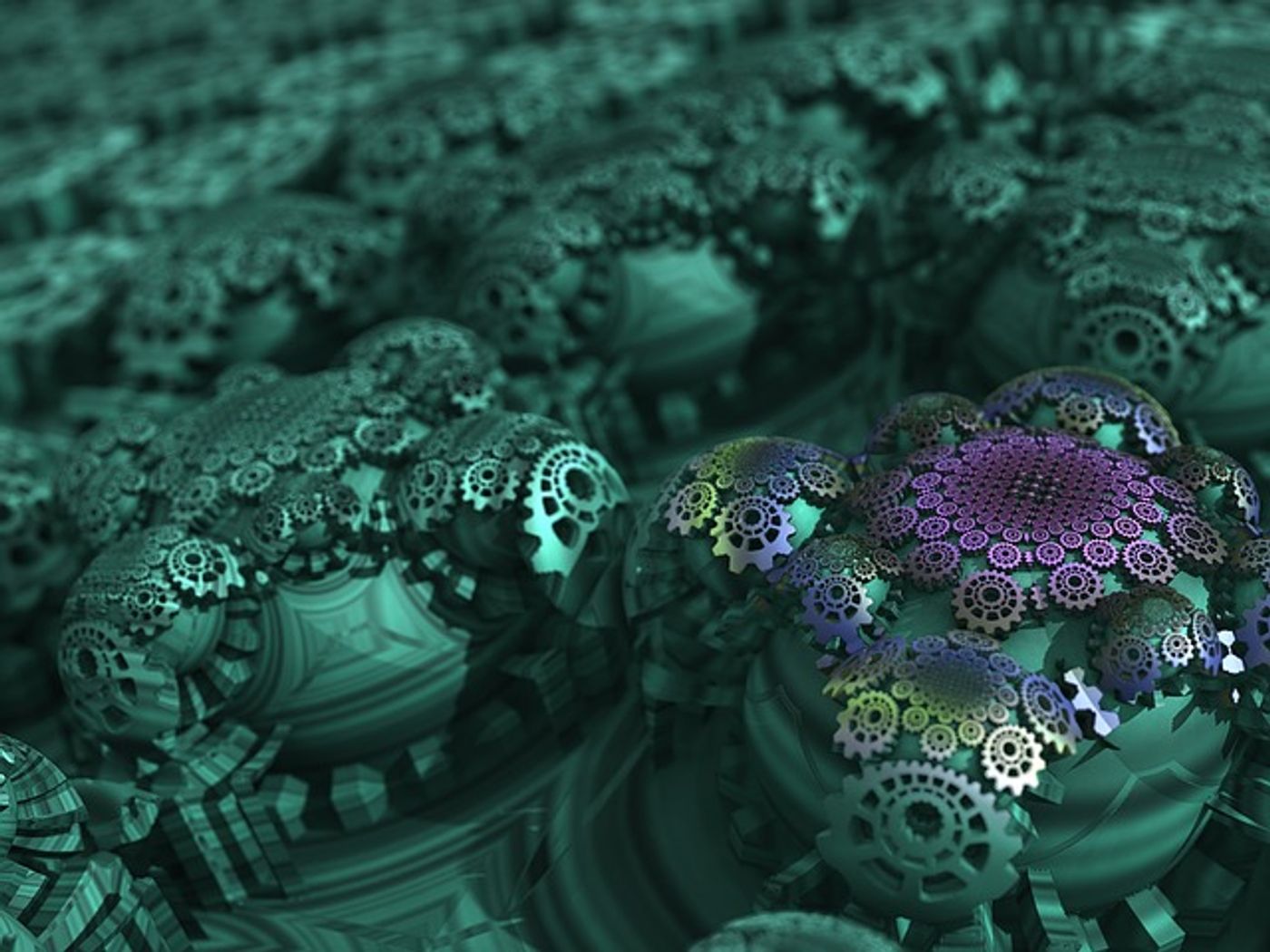Exploring cell processes with DNA-built 'Nano-Robot'
In a recent study published in Nature Communications, researchers from Inserm, CNRS and the Université de Montpellier at the Structural Biology Center in Montpellier discussed the design and construction of a tiny robot, which the team calls a “nano-winch” or “nano-robot”, built from DNA and meant to directly explore molecular systems and cells. The “nano-robot” itself is made up of three DNA origami structures of nanometric size, meaning that it is the size of a human cell. A robot this size would be capable of applying a force equivalent to 1 piconewton, or one trillionth of a Newton -with 1 Newton correlating with the force of a finger clicking a pen- for the first time.
"The design of a robot enabling the in vitro and in vivo application of piconewton forces meets a growing demand in the scientific community and represents a major technological advance. However, the biocompatibility of the robot can be considered both an advantage for in vivo applications but may also represent a weakness with sensitivity to enzymes that can degrade DNA. So our next step will be to study how we can modify the surface of the robot so that it is less sensitive to the action of enzymes. We will also try to find other modes of activation of our robot using, for example, a magnetic field," says Gaëtan Bellot, an Inserm researcher at the Structural Biology Center (Inserm/CNRS/Université de Montpellier), and a co-author on the study.
The researchers started by integrating the robot with a molecule capable of recognizing a mechanoreceptor, making it possible to direct it to some of our cells and apply force to targeted mechanoreceptors on the cell surface and activate them. This robot will allow scientists to examine at exactly what moment, when applying force, key signaling pathways are activated for many pathological and biological processes.
The paper discusses how “this customizable origami provides an instrument-free approach that can be applied to control and explore a diversity of mechanotransduction circuits on living cells.” Essentially, it will be able to interact with human cells and perform a variety of functions.
What new discoveries will scientists make in the field of nanotechnology? Only time will tell, and this is why we science!
Sources: Nature Communications
As always, keep doing science & keep looking up!









